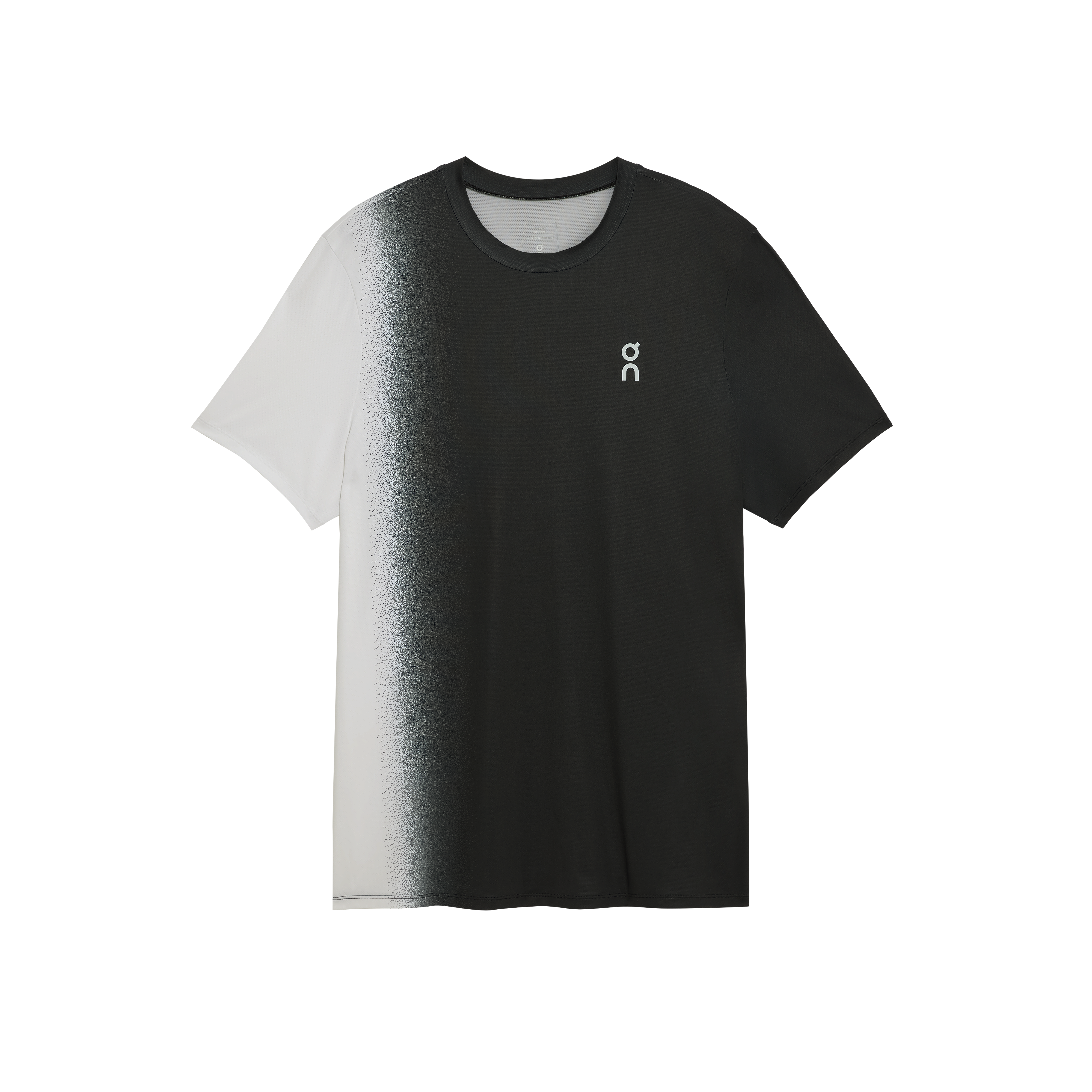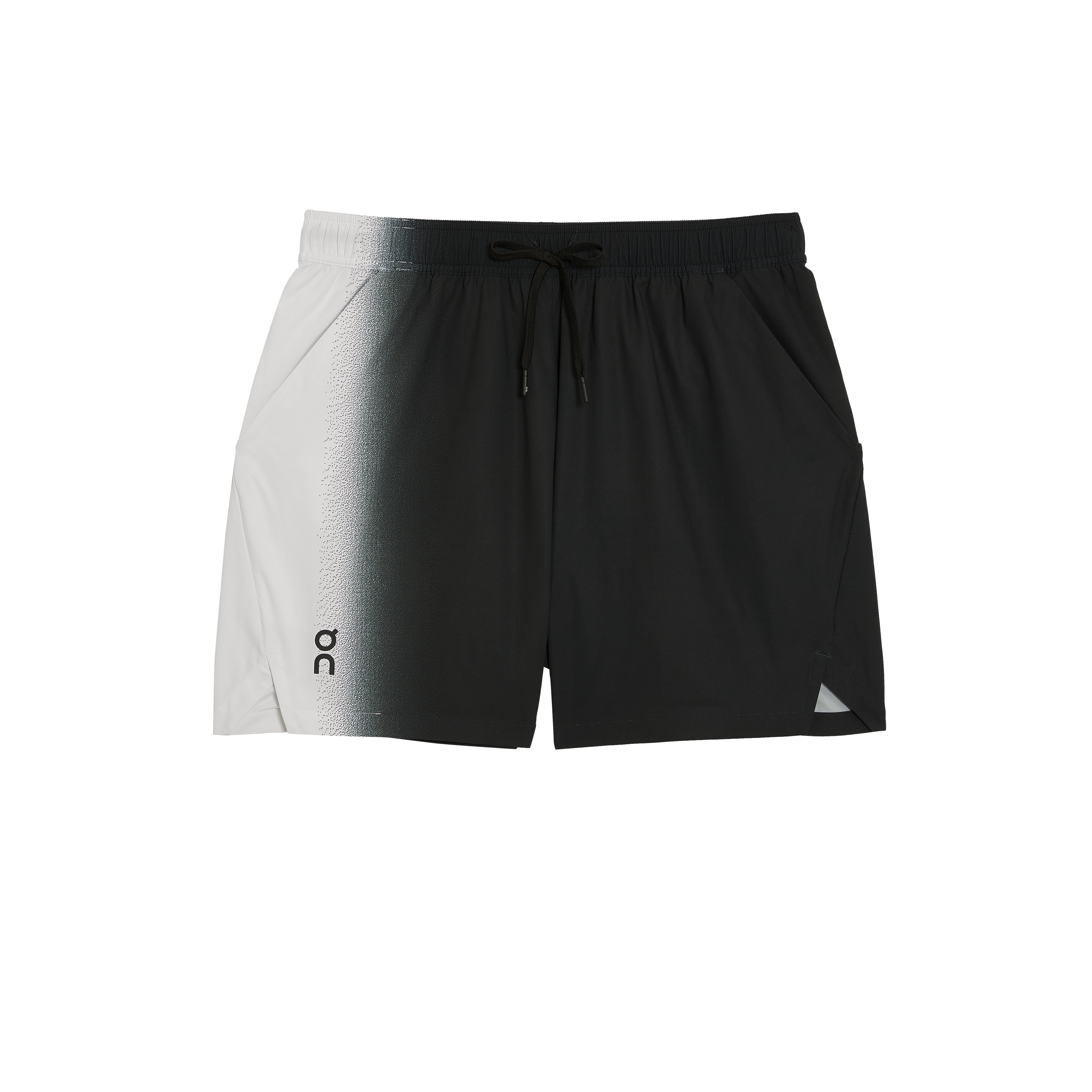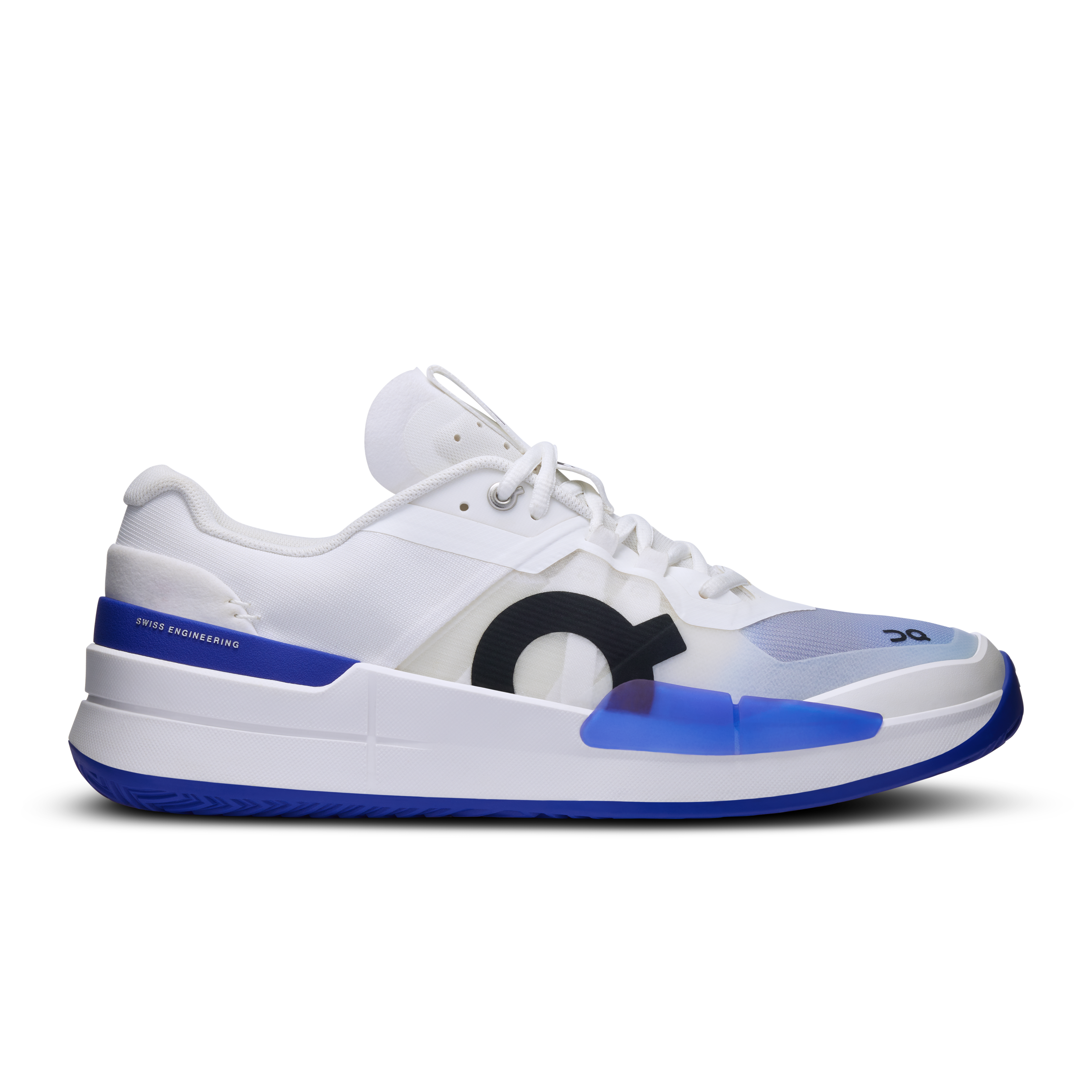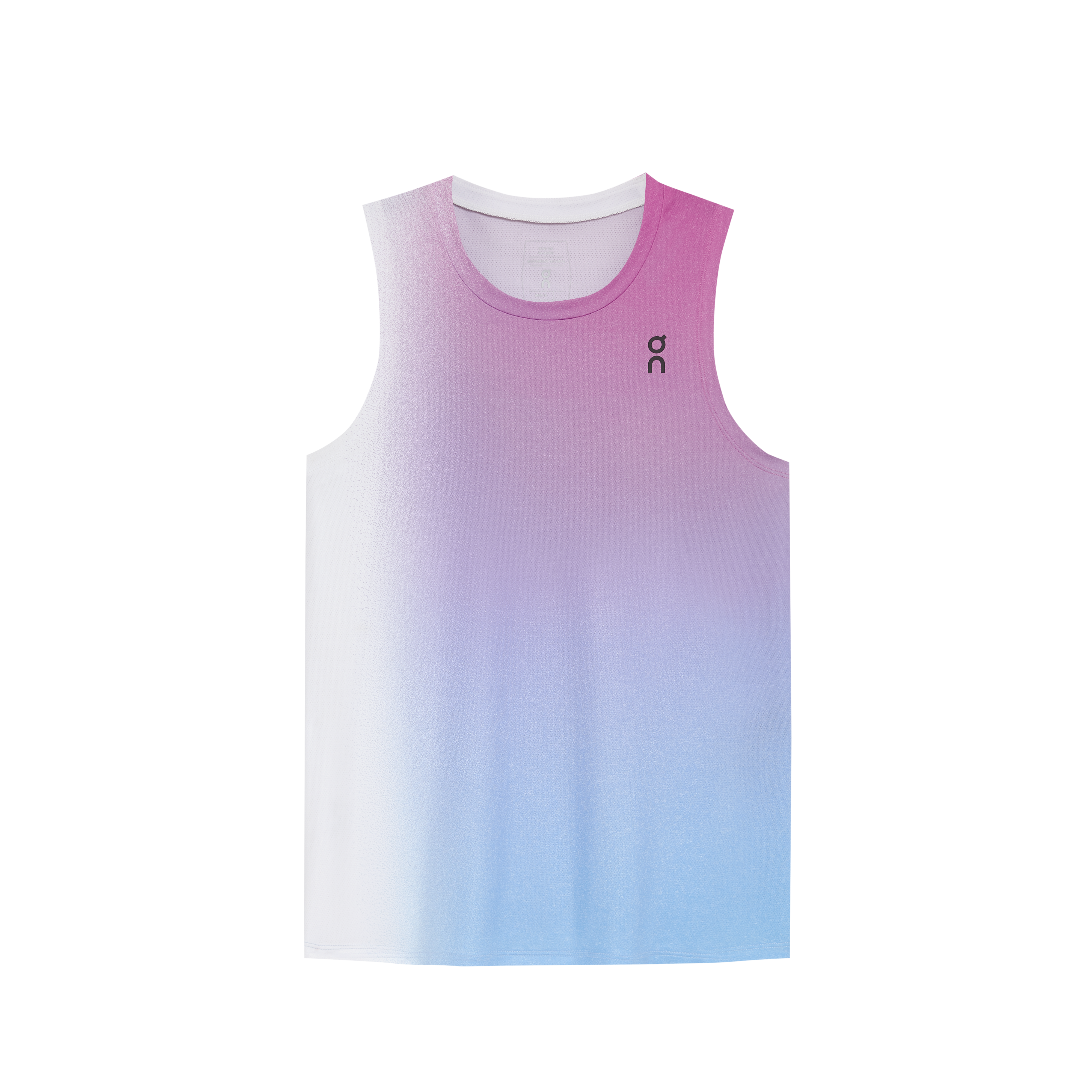Ten tips for practicing tennis alone like a pro
Want to improve your tennis skills without a partner? Discover how to practice tennis alone with 10 pro-led tips.
“Dance like no one is watching.” Could this saying apply to tennis? In a way, yes. It’s about total concentration, finding stillness within your body in motion and being fully present. Practicing tennis alone can transform your technique, strength and overall mentality. Solo practice allows you to refine your skills without the pressure of an opponent or the chaos of a roaring crowd.
German tennis player Julia Stusek dedicates part of her training to solo sessions. She explains, “It’s a chance to focus on technique and what’s not really working.” Later, Stusek puts those improvements to the test in match-like settings with a partner. On days when motivation wanes to train by herself, she keeps her goals in perspective: “There’s always this bigger feeling that if you're gonna do it, you're gonna be better. You're gonna improve yourself. You did everything to make your dreams come true.”
Here are 10 pro-approved exercises to sharpen every aspect of your game without a partner and step onto the court with more confidence.
1. Practice your forehand and backhand
When practicing your forehand and backhand, think of these shots as more than repetition – they’re about finding rhythm and flow in your movement. Roger Federer, known for his grace on the court, often turned his backhand into an art form. Reaching his level of mastery is a lofty goal, but your own consistent and confident strokes are within reach.
Using a ball machine is an excellent way to hone these skills and build muscle memory. It provides a steady stream of balls, allowing you to focus on the finer aspects, such as footwork, follow-through and hand-eye coordination. Moroccan tennis star Reda Bennani, who uses a ball machine in training, emphasizes its value for targeted practice. “It’s good for working on forehands and backhands and building huge power in serves. It’s about putting in the work, over and over again.”
2. Practice serving
Serving isn’t just the start of a point – it’s a blend of power, precision and composure. A strong serve sets the tone for your game, but the demand to execute it perfectly can be daunting. Developing a consistent serve demands mental focus, technical refinement and the ability to remain calm when the stakes are high. Solo practice is a key opportunity to polish these skills and make your serve a reliable courtside weapon.
To improve your serve, try drills using cones or a hopper as targets. Place cones in the service boxes to practice hitting specific areas to improve accuracy and consistency. Using a hopper to feed yourself balls allows you to work on rhythm and technique without interruptions.
Stusek emphasizes the value of practicing serves solo. “It allows me to really think about what I’m doing,” she says. “That’s how you improve your shots.” By training alone, you can focus on building power, control and muscle memory – all essential for mastering a confident serve. Complement your practice with upper-body strength workouts to increase the speed and precision of your shots.
3. Use a wall to practice volleys
If you don’t have access to a fenced-in court, a brick wall can be a valuable tool to sharpen your volleys, serves and strokes. “You can't miss against a wall and can really improve your shots and technique,” notes Flavio Cobolli’s physio Alberto Cammarata. The wall’s consistent rebounds help you simulate the rhythm and pace of match play to refine accuracy and timing.
To practice serves, mark a target on the wall and adjust your distance to replicate the depth of a real service box. For volleys, move closer to the wall and focus on quick, controlled exchanges, keeping the ball alive with shorter, compact strokes. Bennani, reflecting on his early training days, says wall drills helped hone his backhand and forehand while developing footwork and precision. “You must not hit hard… just find your pace,” he says.
4. Work on your footwork
Footwork is the basis of a strong tennis game and puts you in the position to effectively hit every shot. “It’s helpful to start any session with a warm-up before moving on to specific drills, including footwork exercises tailored to the day's focus,” advises Cammarata.
You could begin with ladder drills, which are agility exercises using a flat “ladder” made of rope or tape laid on the ground. These footwork drills improve foot speed, coordination and body control. The goal? Move swiftly through the rungs in different patterns to improve your balance and reaction time on the court. “You must blend technique with footwork together to really improve,” says Stusek.
Here are a few specific ladder drills to try:
- Quickstep: Move through each rung with light, rapid steps to improve foot speed and coordination. Stay on the balls of your feet and maintain a low, balanced posture.
- Crossover: Step laterally across the ladder, crossing one foot over the other as you progress through each rung. This drill focuses on lateral agility, which is useful for quick side-to-side movements on the court.
- In-and-out: Step one foot in, then out of each rung, alternating feet in a hopping motion. This drill works on balance, coordination and quick foot placement.
- High knees: Moving down the ladder with a high-knee motion, lift each leg so your quad is parallel to the ground with each step, targeting explosive power and coordination.
By building agility and control, you’ll be ready to respond to fast-paced rallies and unpredictable shots during matches.
5. Work on your form with shadow tennis
Shadow tennis is a useful technique for brushing up your form, footwork and body mechanics without needing a ball or court. By mimicking strokes – whether forehand, backhand, volleys or serves – you can connect with the rhythm of each movement, free from external distractions. This method is effective indoors, in front of a mirror if you have one, where you can observe your form from all angles and make specific adjustments. Stusek recalls spending hours volleying against a wall as a child. “There are positive things about it because the ball always comes back,” she says. “There is no mistake you can make.”
Shadow tennis provides a similar experience, but it’s even more forgiving – there’s no ball at all. Stusek, whose mother played professionally, jokes, “If you don’t have the opportunity to play with your mom, the wall would be a great mom.” With shadow tennis, you have the ultimate patient teacher, allowing you to practice endlessly, beyond mistakes or misses. Over time, this mindful repetition transforms your racket into an extension of yourself. You prepare your mind and body to execute as one on the court.
6. Invest in the right training gear
It’s not just about how you look – it’s how you feel. And the better you feel, the longer you can play. Investing in the right training gear not only helps improve your performance and comfort while minimizing the risk of injuries. High-quality tennis shoes are essential for proper support, reducing the chances of ankle sprains and shin splints.
Sustek swears by the On Cloudsurfer for cardio training, describing them as “a pillow underneath your feet.” On the court, her go-to is THE ROGER Pro 2, paired with the Court Crop Top and Court Skirt with side pleat for flexibility and comfort during high-intensity training sessions.
Beyond footwear and apparel, training aids can elevate your game. Tools like tennis ball rebounders or serve/volley simulators allow you to sharpen your skills, from reaction time to consistency with serves or volleys, even when practicing alone. These devices help mimic match conditions, offering a practical way to focus on form and technique without needing a partner or full-sized court.
7. Master your approach
While it isn’t vital for improving your tennis game, projecting experience with a ball and racket is a quick and fun way to impress your peers and even gain a psychological edge over your competitors. Skills like racket dribbling – gently bouncing the ball on your racket – enhance hand-eye coordination while nodding to your ease and confidence on the court.
Similarly, learning to pick up a tennis ball without using your hands, relying just on your racket, adds a touch of flair to your game. These tricks may seem playful but subtly communicate mastery and self-assurance, reminding opponents that tennis is just as much a mental game as a physical one.
8. Work on your mental game
How else can you sharpen your tennis mental toughness? Visualization is an effective tool to develop your mental tennis game before even stepping onto the court. “Every coach looks at visualizations,” says Cammarata. He emphasizes the focus should be on the player, not the opponent. This approach helps you identify areas to work on, fostering self-awareness and ensuring your mind and body are in sync when the match begins. For players like Bennani, analyzing match recordings with coaches is another key mental tool, helping him pinpoint both strengths and weaknesses.
Sustek, on the other hand, works with a sports psychologist weekly to elevate her game-day performance. “When I’m not on the court, I try to relax and not think too much about the match, just do something fun to prepare, like warming up by playing football,” she says. Whether you incorporate visualization, match analysis or pre-competition relaxation, dedicating energy towards your mental game helps you stay composed and focused under pressure.
9. Improve your endurance
Endurance is crucial for tennis players, especially when preparing for multiple match days in a tournament. Zone 2 aerobic training, through steady-state runs, cycling, or swimming, is a solo-friendly way to build stamina. Maintain a pace where your heart rate stays within 60 to 70 percent of your maximum, allowing you to stay active for longer periods without overtaxing your body. This effort should feel easy to moderate – you can hold a conversation but still feel like you're working.
Bennani highlights the importance of balancing cardio, strength, and agility during the off-season to establish a strong endurance base. “The first week of [off-season] training is 100 percent cardio, then we reduce it to 50 percent cardio, 30 percent gym work and 20 percent recovery and conditioning,” he explains. This gradual shift ensures a robust aerobic foundation. As the tournament approaches, the focus transitions to maintaining freshness and agility, with recovery playing a pivotal role “to be at 100% to play matches,” Bennani adds. By prioritizing Zone 2 training in the off-season, you can build the stamina needed for intense back-to-back match days.
10. Gamify your practice session
In the end, it’s all about pushing your own limits, so why not make each rep count? Gamifying your solo practice sessions can keep training exciting and sharpen your focus. Challenge yourself by pretending to play against an imaginary opponent or by setting personal records to beat.
For example, track how many balls you land in a target zone, increasing the challenge with each session. Count how many consecutive volleys you can hit against a wall without a miss to improve consistency and endurance. Or create a streak challenge with court targets, focusing on accuracy under self-imposed pressure. Turning practice into a game adds motivation and builds skills that translate naturally into competitive match play.
Practicing tennis alone takes dedication and drive, but with these exercises, you’ll step onto the court with sharper mental and physical skills. Equip yourself for success with tennis gear essentials like the THE ROGER Collection to stay comfortable and perform your best. Need more guidance? Dive into our complete guide on tennis workouts, where you’ll find additional tips and drills to elevate your training, no matter where you play.
Frequently asked questions
Whether you're training solo or improving specific skills, these common questions will provide expert advice on how to get the most out of tennis practice alone.
What are the benefits of practicing tennis alone?
Practicing tennis alone gives you unmatched flexibility – you can train whenever suits you without depending on a partner. It’s a great way to stay fit while sharpening footwork, ball control and stroke mechanics, which often get less attention during matches.
Dedicating time to these fundamentals can strengthen your overall game, improving consistency, accuracy and confidence. Solo practice fosters self-discipline, allowing you to structure your sessions around specific goals and build the focus needed to excel on the court.
How can I use a tennis ball machine effectively?
To use a tennis ball machine effectively, begin with clear goals and focus on form. Start with slower speeds to establish consistency. As you progress, adjust the machine’s speed, spin and direction to simulate match-like scenarios, helping you practice a variety of shots, from valleys to groundstrokes. Position the machine to target specific areas of the court and incorporate shot drills to enhance footwork, positioning and reaction time. This structured approach makes your training versatile and tailored to improving key aspects of your game.
What is the hardest skill to learn in tennis?
Often, the serve. It’s entirely self-initiated, requiring precise technique, power, timing and control. Unlike reactive strokes, every aspect of the serve – from the toss to the body rotation and wrist snap – must work in harmony to achieve consistency, speed and accuracy. The serve also requires intense mental focus, as it’s the one shot entirely within the player’s control, difficult to perfect under pressure.
What is the fastest way to get in shape for tennis?
There are no shortcuts to fitness – only steady, incremental improvements. Combine high-intensity interval training (HIIT), agility drills, and targeted strength conditioning. HIIT workouts, like sprint intervals, mimic the bursts of energy in a match, while lateral drills (ladder exercises and cone shuffles) sharpen footwork and quick pivots.
Strengthen your legs, core, and shoulders with lunges, squats, and medicine ball twists. Add dynamic stretches and mobility work to improve flexibility and prevent injuries. A consistent routine with these elements is your quickest path to being match-ready and agile on the court.
What equipment do you need to play tennis by yourself?
You'll need a few key pieces of equipment to help you practice effectively and stay engaged when practicing tennis alone. Here’s a list to get started:
- Racket
- Balls
- Court
- Hitting wall
- Cones
- Ball basket/hopper
- Tennis ball machine
- Video camera/stand















